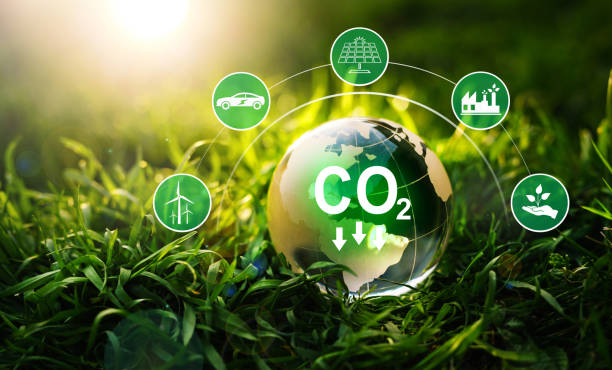
FAQ About Green Economy
Green Economy
2 years ago | gizem
How does the Green Economy influence urban planning and design?
The Green Economy significantly influences urban planning and design by shaping the way cities are developed, managed, and experienced. It emphasizes sustainability, resilience, resource efficiency, and the well-being of residents. Urban planning and design within the context of the Green Economy prioritize environmental considerations, social equity, and economic prosperity. Here's how the Green Economy influences urban planning and design:
- Sustainable Infrastructure: Urban planning integrates green infrastructure, such as parks, green spaces, and sustainable transportation systems, to enhance environmental quality and provide multiple benefits to residents.
- Mixed-Use Development: Green Economy principles encourage mixed-use developments that minimize the need for long commutes, reduce congestion, and promote walkability and cycling.
- Compact and Transit-Oriented Design: Urban areas are designed to be compact, reducing urban sprawl and reliance on private vehicles by promoting public transportation, cycling, and walking.
- Energy-Efficient Buildings: Urban design emphasizes energy-efficient architecture and the use of sustainable building materials to reduce energy consumption and greenhouse gas emissions.
- Green Building Standards: Cities adopt green building codes and certification systems that encourage energy efficiency, water conservation, and environmentally friendly construction practices.
- Renewable Energy Integration: Urban planning supports the integration of renewable energy sources such as solar panels, wind turbines, and geothermal systems into buildings and infrastructure.
- Zero-Waste Goals: Cities adopt waste reduction and recycling initiatives, incorporating waste management systems that align with circular economy principles.
- Climate Resilience: Urban planning incorporates strategies to address climate change impacts, including rising sea levels, extreme weather events, and heatwaves, ensuring the city's long-term resilience.
- Ecosystem Restoration: Urban design integrates green spaces, urban forests, and water bodies to restore and enhance ecosystems, benefiting biodiversity and human well-being.
- Smart Technologies: Green Economy principles encourage the use of smart technologies for energy management, transportation optimization, waste reduction, and data-driven decision-making.
- Social Equity: Urban planning prioritizes affordable housing, access to public services, and community engagement to ensure that all residents benefit from the city's development.
- Sustainable Transport Networks: Cities invest in public transportation, bicycle lanes, and pedestrian-friendly infrastructure to reduce traffic congestion and air pollution.
